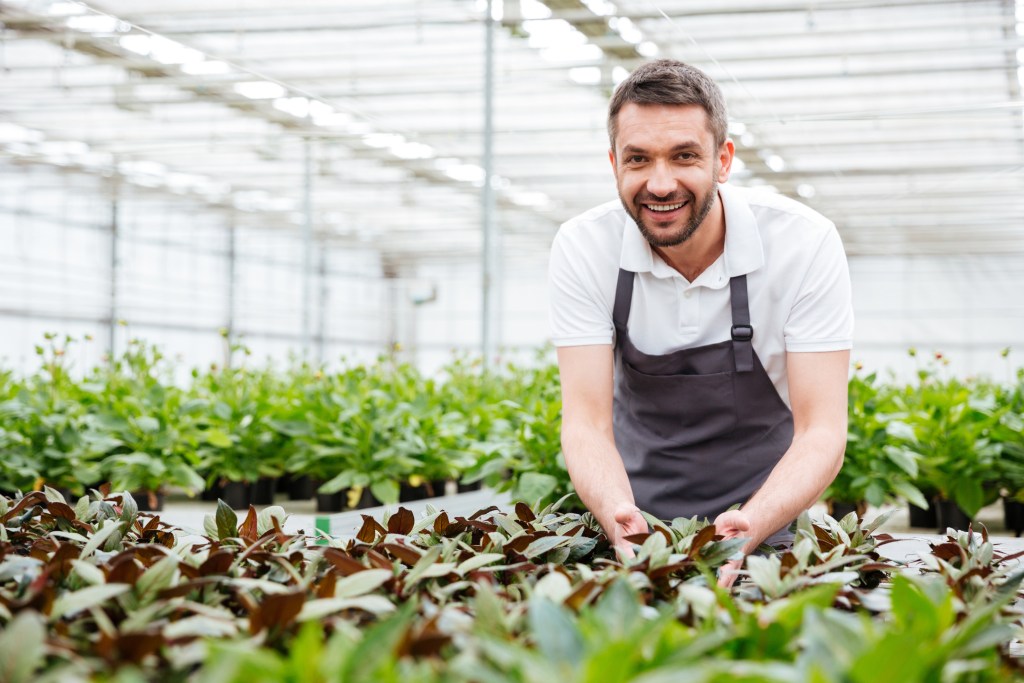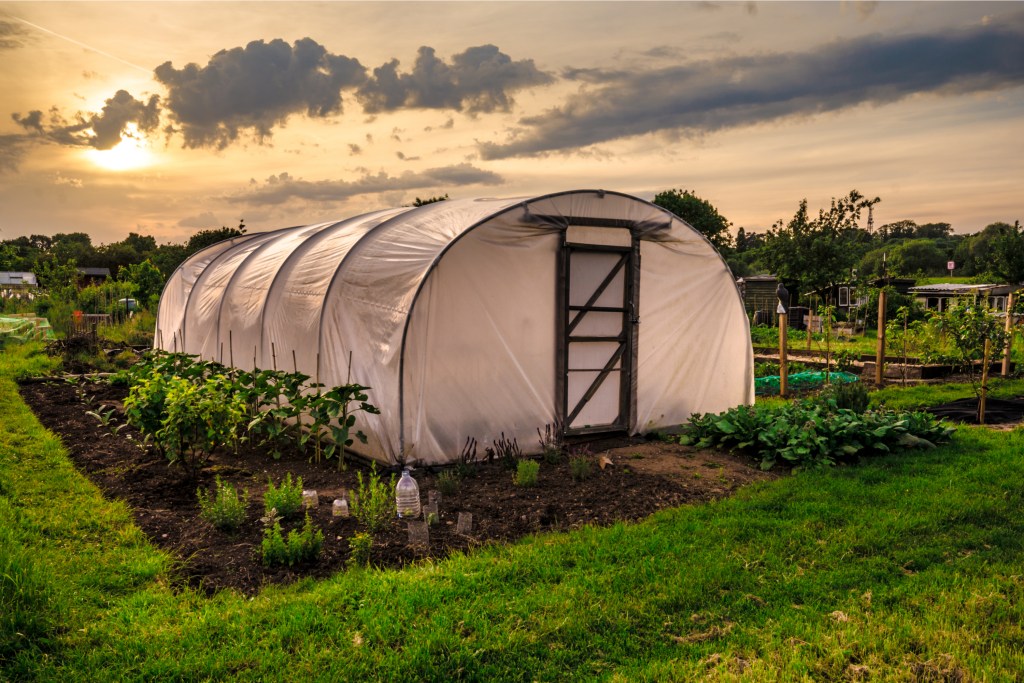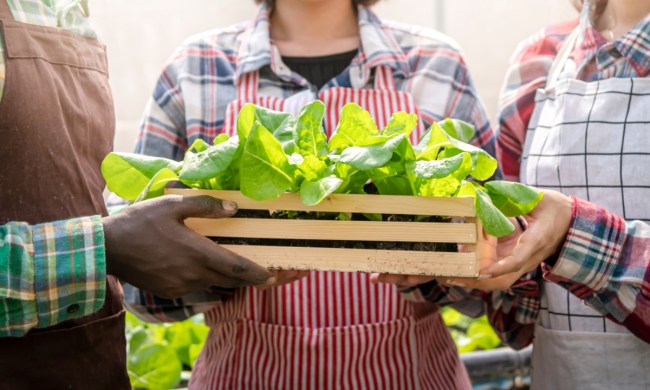When most people think about temperatures in their greenhouses, it’s all about wintertime and keeping it warm and cozy. However, they really ought to be considering how to keep their greenhouses cool in the summer. When temperatures shoot up during the summer months, your plants can suffer. That’s why it’s crucial to bring temperatures down so your plants will produce and you can realize a plentiful harvest during this season.
There are several ways to ensure your greenhouse stays cool. A lot of these methods are DIY and depend heavily on your available budget and precisely how much cooling you need. Below are six great ways to keep your greenhouse cool in the summer.

What temperature is too high for your greenhouse?
Before talking about how to lower temperatures, you should know how high is too high. Essentially, plants don’t do well in temperatures above 90°F (32°C). For that reason, you need to ensure that you keep the heat down and temperatures below the levels just mentioned.
However, if you live in a hotter location where outdoor temperatures regularly rise above 100°F (38°C), you might find it difficult to keep temperatures down inside your greenhouse. If that’s the case, you’ll want to take one or more of the steps outlined below to ensure cooler temperatures.
Transpiration
What in the world is transpiration, you ask? Well, it’s the process of water moving through a plant and then evaporating through its stems, leaves, and flowers. Plants need water, just like all living things. However, the plant only uses a small amount of the water taken up by its roots for metabolism and growth. The rest, which amounts to somewhere between 97 and 99 percent, is lost by transpiration.
What does this have to do with cooling your greenhouse? Well, in essence, the plants that live in your greenhouse act as little evaporative coolers through the process of transpiration. As a result, enough plants in your greenhouse will lower the interior temperature even if you take no other action.
Create shade
It may sound like a no-brainer, but creating shade is a great way to help lower the temperature inside your greenhouse. Obviously, you can help ensure that temperatures are cooler inside than outside by blocking out the sun and its heat-producing rays. You can create shade in several ways. One way is to strategically placing plants with large leaves in areas where they can block out the sun. For instance, planting trees with naturally large leaves on the southwest side of your greenhouse will do the trick nicely.
Another way to ensure shade is to purchase shade cloths, which can reduce sunlight by up to 50 percent while still providing enough nourishing rays that your plants can continue photosynthesis.
Use a misting system
A misting system is an excellent way to cool down your greenhouse. However, you have to be careful and monitor moisture levels. Too much moisture can create perfect conditions for the growth of fungus and mold. If you’re careful, however, a misting system can complement your shading efforts.
Install a portable air conditioner
Another excellent option is to purchase a portable air conditioner, especially if you have a larger greenhouse. They’re cost-effective and energy-efficient. Plus, a dehumidifier is typically a part of the system. The downside is the price tag. Portable air conditioners can be pretty expensive. For that reason, this option isn’t a good one if you have a smaller budget.
Fans and ventilation
Using large fans in combination with proper ventilation can cool the interior of your greenhouse substantially. Remember that proper ventilation allows fresh air to reach your plants in addition and helps to control humidity and the overall temperature. Providing ventilation is important since greenhouse structures aren’t normally built with ventilation in mind.

Wrapping up
The truth is that you’re risking all your hard work if you don’t keep your greenhouse at optimal temperatures. Hotter temperatures provide pests and disease organisms with better opportunities to attack your plants. Plus, higher temperatures cause your plants to dry out and wilt. If temperatures get too high, they could even stop growing completely.
Should any of the above happen, you won’t have a good harvest. Most vegetables grow well in cooler conditions (which is not to say cold conditions), and rising temperatures mean less growth. If you want to protect your plants throughout the summer, then keep your greenhouse cool.


